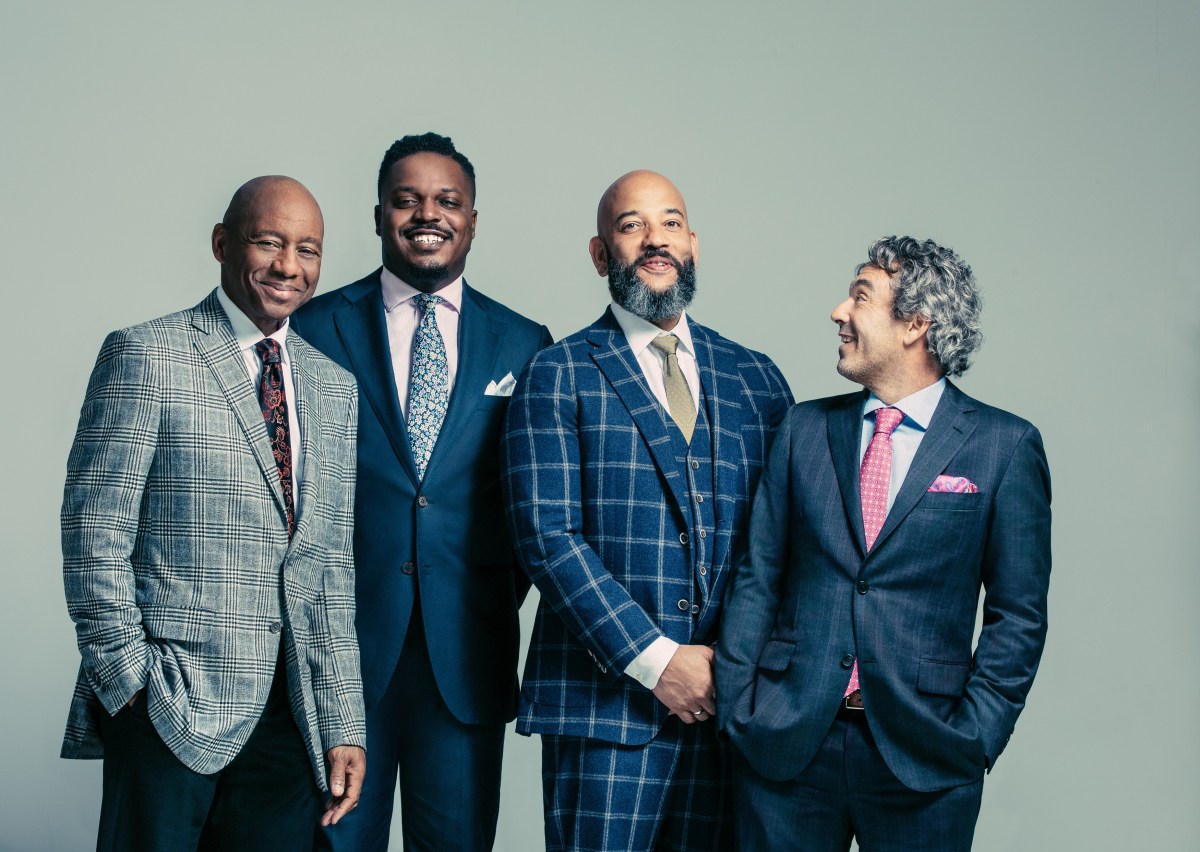As City Hall’s efforts to resettle migrants across New York state have been met with fierce backlash from most counties, it has only successfully relocated about 1% of the over 48,000 newcomers currently in its care outside the five boroughs, city officials said Wednesday.
The figure was cited by city Department of Housing Preservation and Development (HPD) Commissioner Adolfo Carrión during a weekly briefing on the current state of the migrant influx hosted by Deputy Mayor for Health and Human Services Anne Williams-Isom.
“About 1% of the entire asylum seeker population that has come to, figuratively speaking, the shores of New York, if you will, about 1% are outside of New York City right now,” Carrión told reporters Wednesday afternoon.
The lion’s share of that 1% are being housed in Albany, Carrión said, but some are also spread across White Plains, in Westchester County; Newburgh, in Orange County; and Poughkeepsie in Dutchess County.
HPD has taken the lead on Mayor Eric Adams’ voluntary program to resettle some portion of asylum seekers in the few upstate counties willing to accept them — with the city footing the bill for shelter, food and other services. The program was launched last month, shortly before the expiration of the pandemic-era immigration restriction known as Title 42, as the mayor and his senior staff started signaling space to house migrants in the Big Apple was growing scarce.
The program is open to single adults and adult couples without school-aged children, according to the mayor’s office.
But the program’s success has been stymied by about half of the state’s 62 counties taking emergency actions to block new arrivals from being housed at hotels within their jurisdictions.
Last week, Adams went on the offensive, suing over 30 upstate and Long Island counties over their refusal to even take in a small number of migrants on the city’s tab. The suit asks a judge to invalidate all emergency executive orders issued by the county leaders seeking to prevent asylum seekers from staying at local hotels.
The suit was filed the same day the city received nearly $105 million from the Federal Emergency Management Agency (FEMA) to reimburse a portion of the $1.2 billion it has already spent on the crisis.
Additionally, last week, a federal judge overturned executive orders blocking migrants from being housed in hotels in Orange and Rockland Counties.
During the briefing, Carrión pitched the fact that the city is paying for the entirety of the program as a way to entice more localities to participate.
“The city is providing transportation to these locations, where New York City is paying for a number of services at no expense to the local counties or cities,” he said.
Administration officials were joined by the leaders of two municipalities that have each accepted some migrants: Albany Mayor Kathy Sheehan and White Plains Mayor Thomas Roach.
Sheehan said Albany County is currently sheltering 265 asylum seekers, all but 25 of whom are residing in the city of Albany.
“It is critically important that we remind our residents, and all New Yorkers, that these are individuals, like our ancestors, who have come here for a better life,” Sheehan said. “Who want to work, who want to become part of our communities, and who want to succeed in this next chapter of their life that they hope will include the American Dream.”
The Albany mayor also echoed a familiar plea from the Adams administration to the federal government to expedite approving work permits for migrants, which she said could help address a labor shortage upstate. Williams-Isom, however, said there hasn’t been any progress on speeding up those authorizations.
Roache said that while he’s been happy to take migrants into White Plains, the responsibility should be shared among municipalities throughout the country, considering the migrant influx is a national issue.
“The federal government has taken a long time to talk about immigration reform without doing anything about it,” Roache said. “And the consequences are here. And when you’re a mayor, when they’re in your city, you have to deal with it. There’s no one else, there’s no other level of government to go to. And so that’s how we handle it. But to be fair, this needs to be a shared commitment by the entire country, not just a few cities, not just a few communities.”
Read more: NYC Council Expands Housing Vouchers Despite Mayor’s Opposition




































